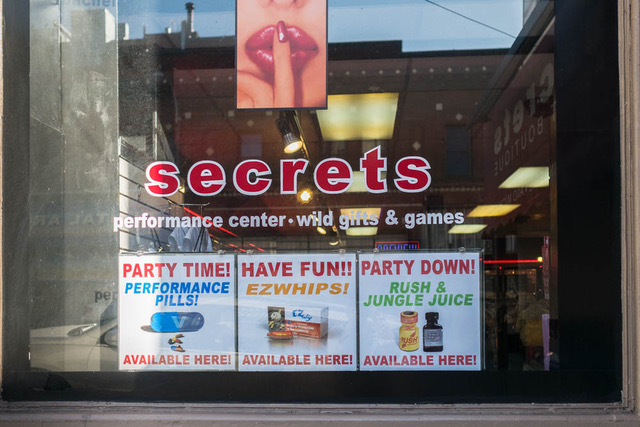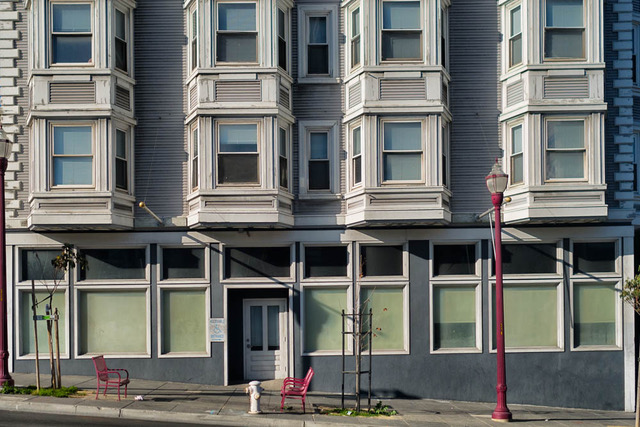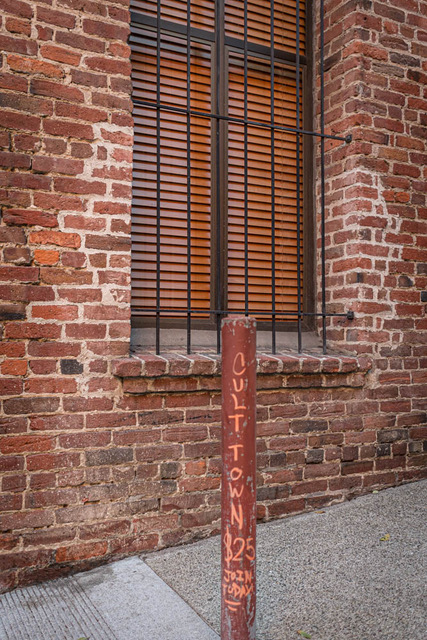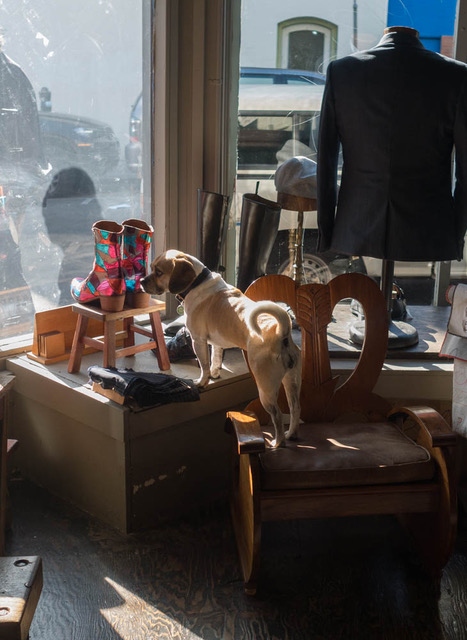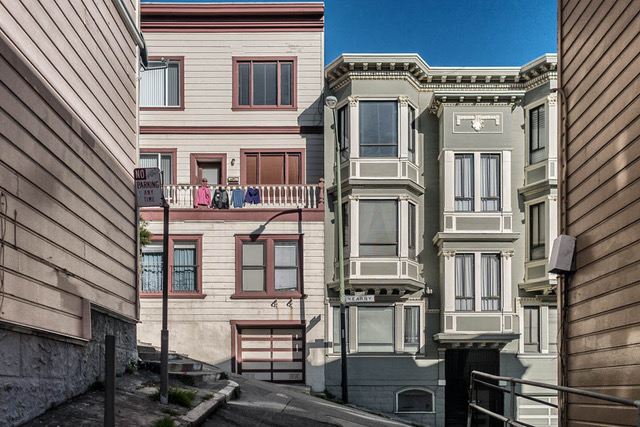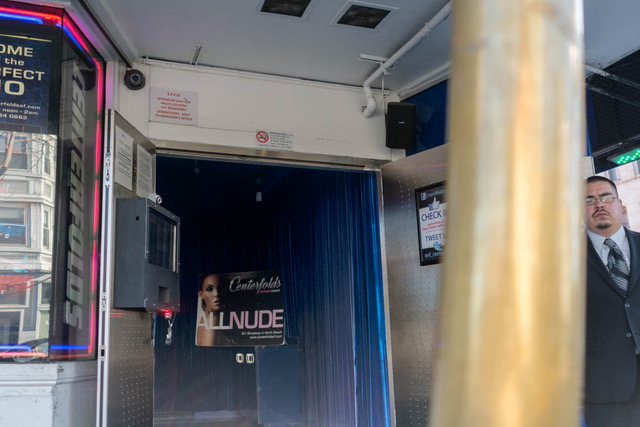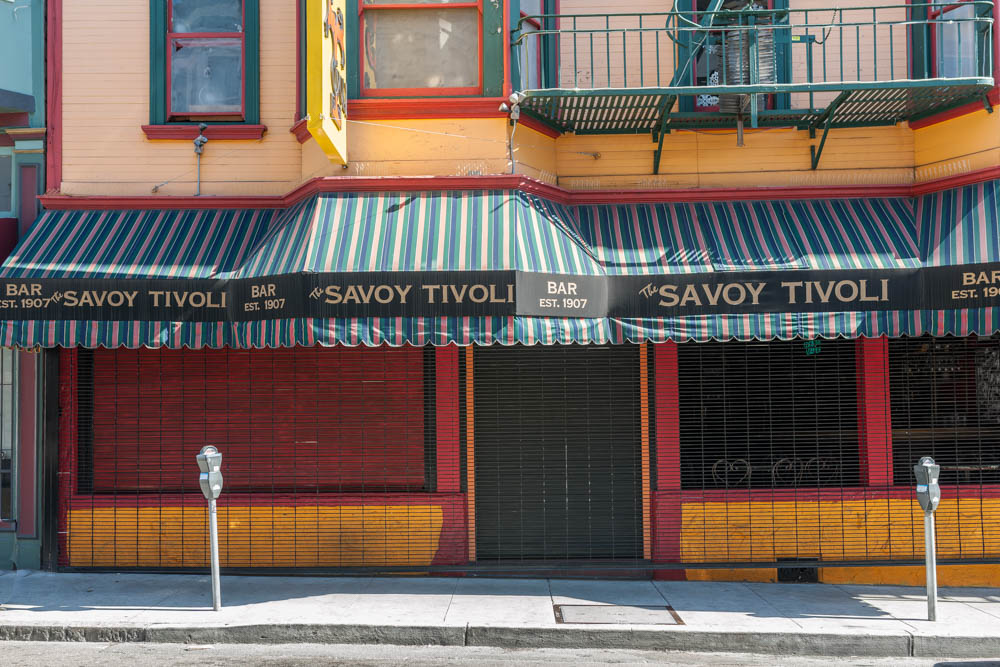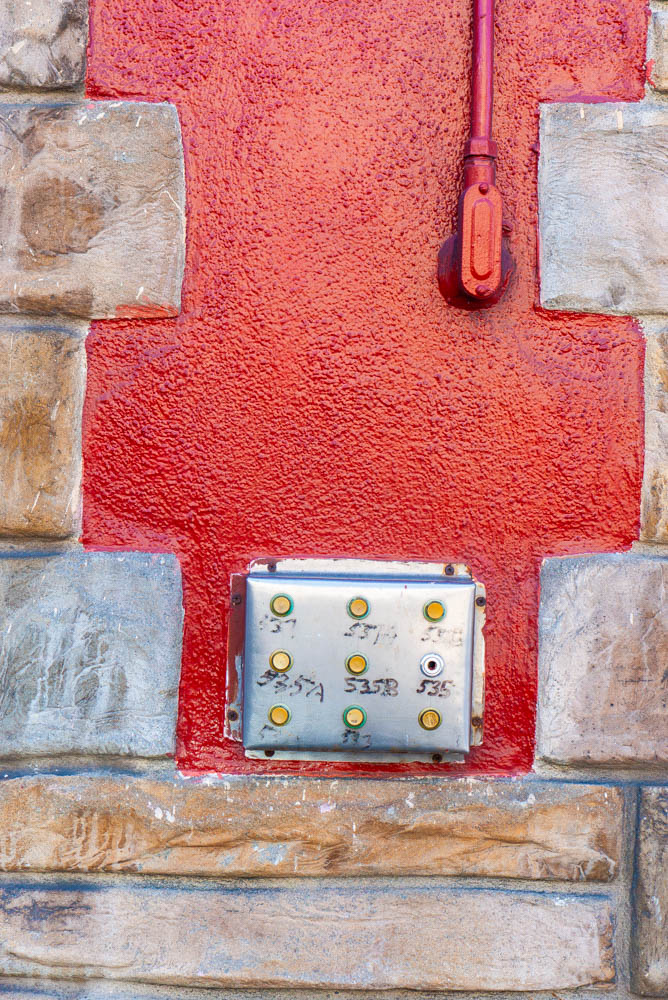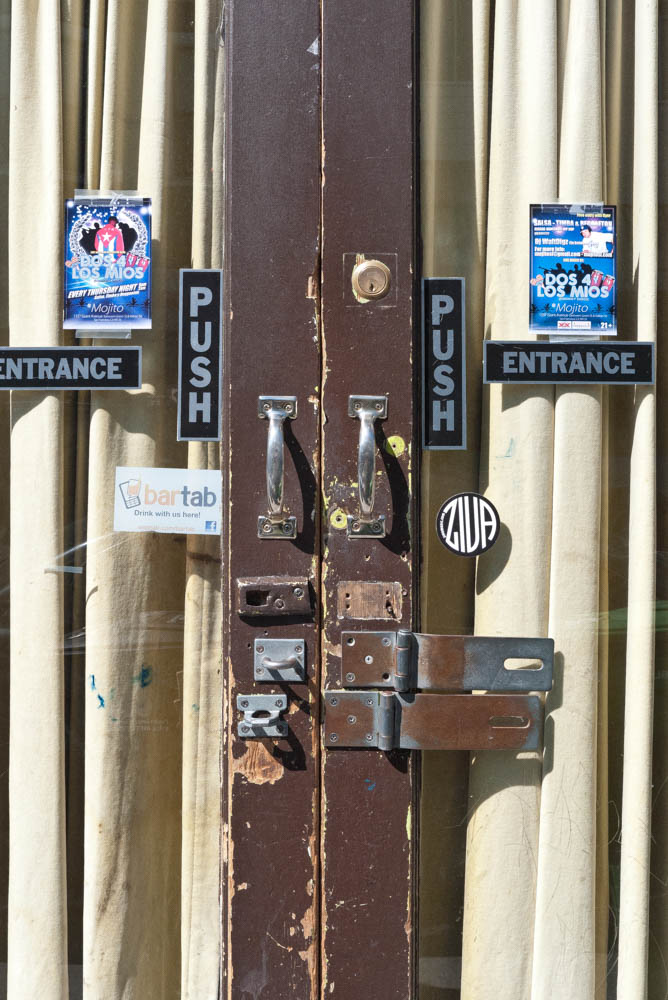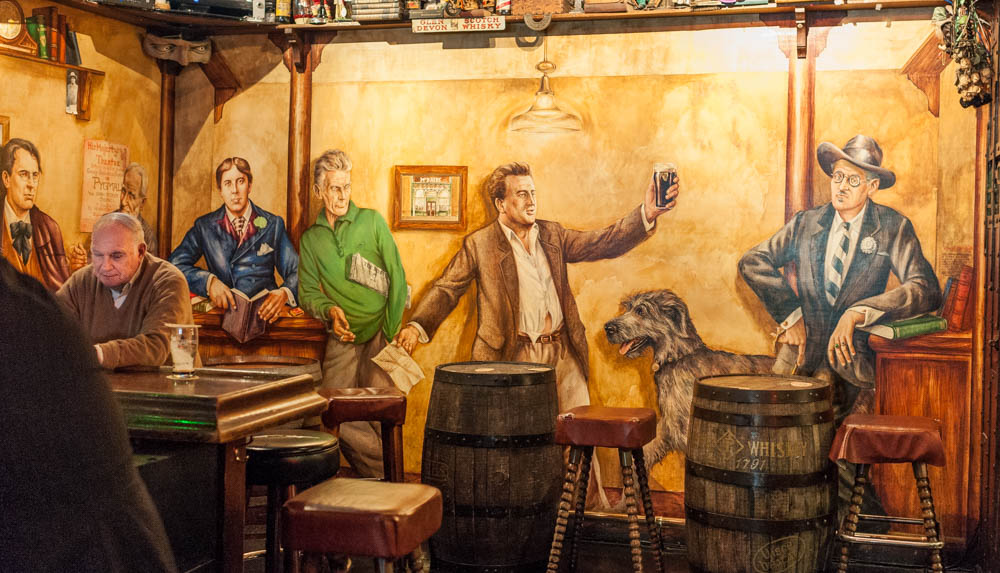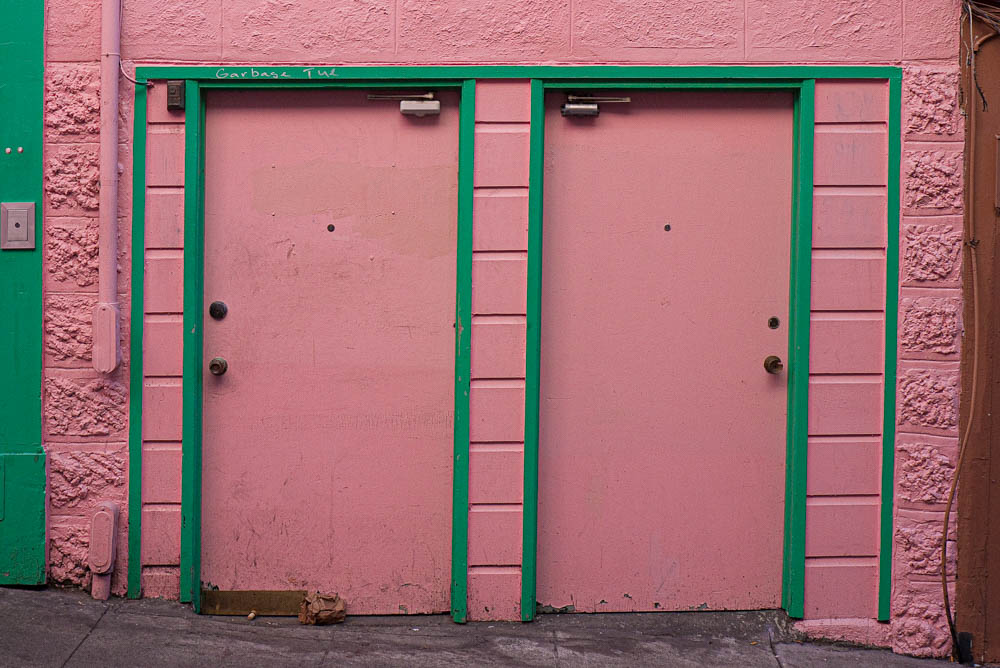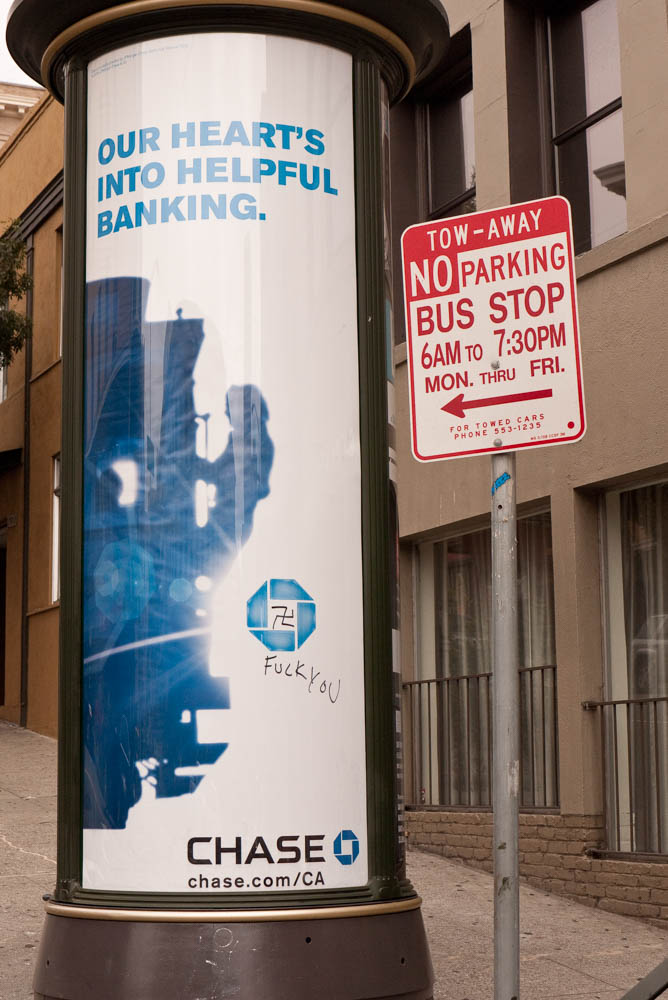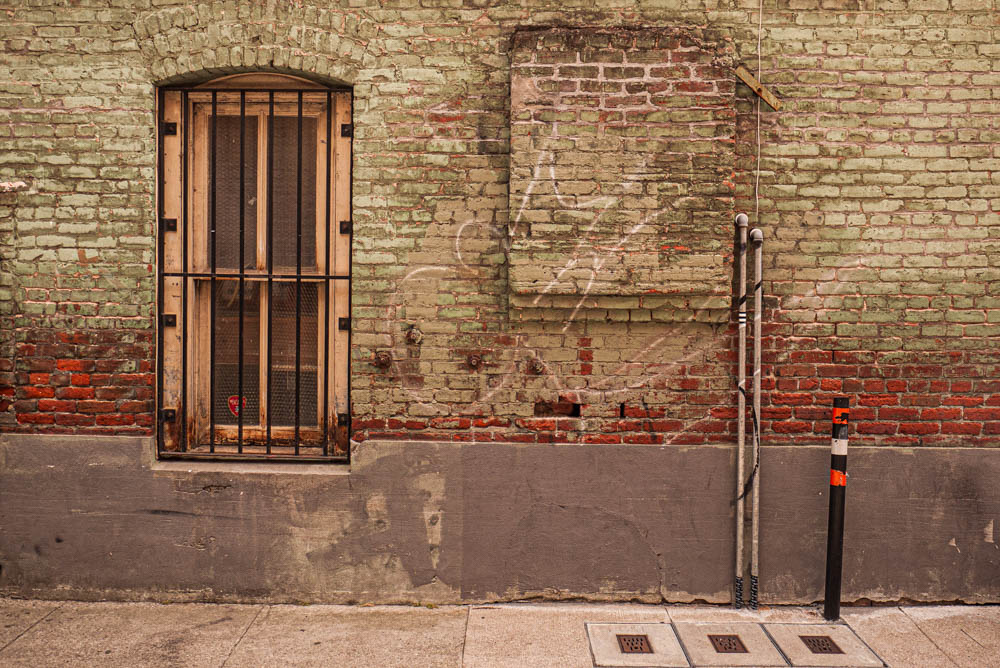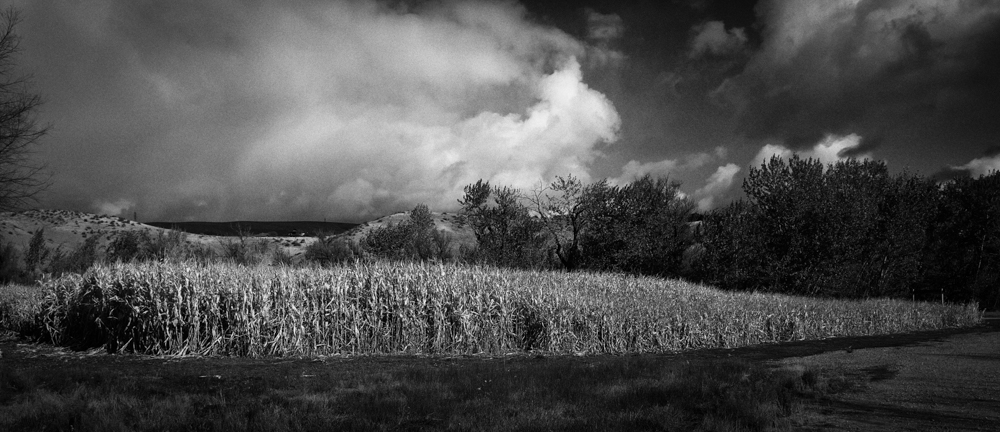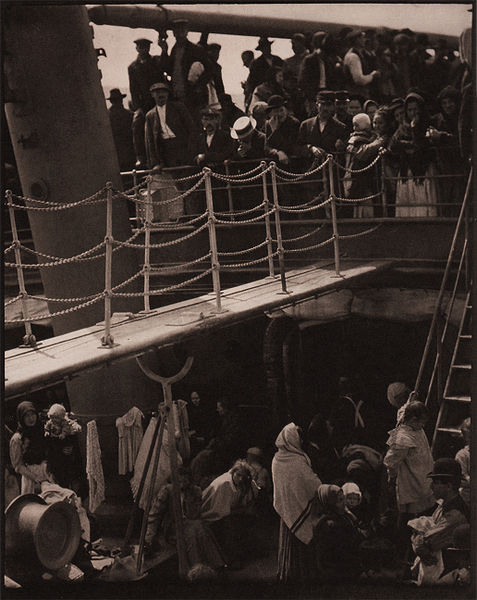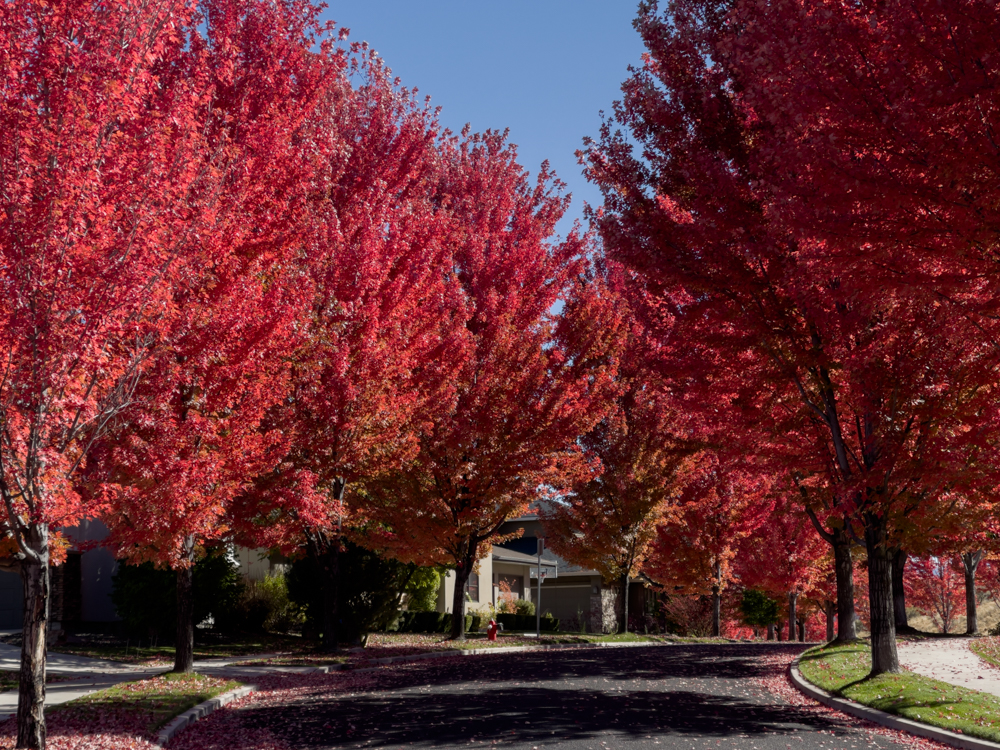Three dozen formal portraits.
Once I got my home studio set up with an elevated platform I set to collaring local dog owners for a session with their dog. The platform places the animal at eye level so that no neck craning is involved, and the cement breeze blocks supporting the sturdy plywood and steel base permit easy height adjustment. Sturdiness is key, with the largest animal portrayed weighing in at 150lbs! I have a variety of backgrounds to suitably set off the animal, and a supply of squeaky toys and quality treats to keep the dog involved. Most of the direction is by the owner. After all, who knows the animal best?
Dogs are far harder to photograph than humans. They have short attention spans, are easily distracted, often disregard instructions and can be quite unruly. I have found that, after letting the animal roam my home for a few minutes to get settled, the first ten minutes of the session are vital. In that time I typically take 40 images and a free large matted, mounted and framed print is given to the owner after a favorite is picked on the wall mounted display.
Because dogs tend to be active, I use a zoom lens on the Nikon D800 to permit easy framing of both full body shots and big head close-ups. Lighting is by my three decades old Novatron strobes which have never failed me. Look at the image below and you will see I use three strobes – the top one for the ‘Hollywood glamor’ effect, the right one for catchlights in the eyes (essential to bring the dog alive) and the umbrella one at left for fill lighting. The model in the picture below is my teddy bear who is as old as I am but unlike me has glass eyes. That allows me to check that the main light at the right is delivering good catchlights.
To keep cabling down I use an inexpensive RF trigger on the Nikon with the receiver plugged in to the Novatron power supply. The Nikon is tethered by a physical cable to an old repurposed MacBook Air running Lightroom and connected to a wall mounted monitor, permitting viewing of the images a couple of seconds after pressing the button. This is an invaluable tool in helping the owner select favorite images. Instant gratification and there’s at least one image in each session which generates the “Wow!” reaction. Because the connector for the USB cable in the Nikon is flimsy I reinforce the attachment with a cable tie around the cable and through the left strap eyelet. Otherwise it will typically fall out right in the middle of a session.
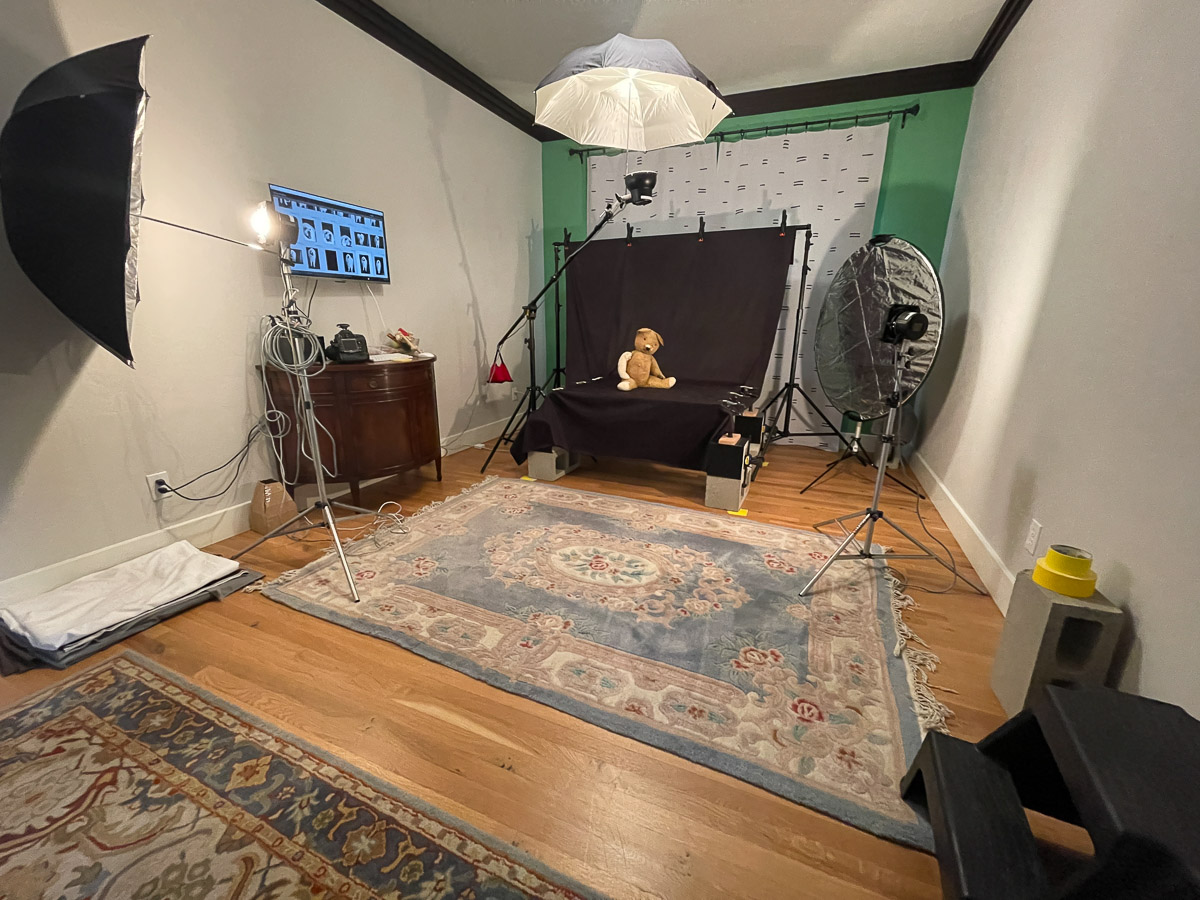
Click the image for the gallery.
This project took nine months. All photos were made using the 28-300mm Nikkor AF-S zoom, mostly at f/9.5-f/11 at ISO 100-200 with the strobes on half power. With stepped muzzle dogs where the nose is distant from the eyes – and you ideally want both sharp – I spot focused on a point half way up the muzzle. An 85mm f/1.8 AF-S Nikkor and a Nikon Micro-Nikkor 105mm AF-D were used for a couple of images. The blue rug is far more than decorative, serving to cover the power cables to the strobes, making for one less tripping hazard.
